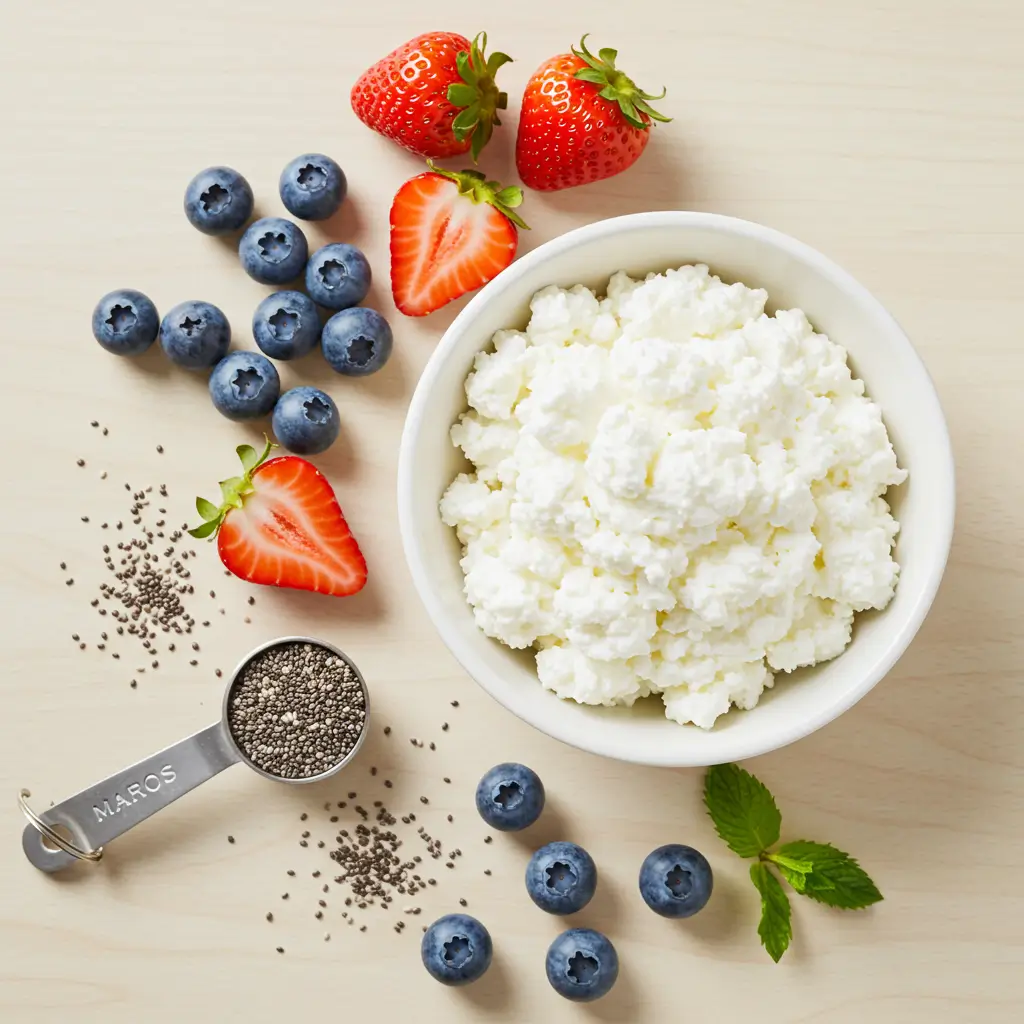
Okay, let’s be real. If you’ve been on the internet at all in the last year, you’ve seen it. Cottage cheese is everywhere. It’s in ice cream, it’s in pasta sauce, it’s in pancake batter. A few years ago it was that sad, lumpy stuff in the back of your grandma’s fridge. Now? It’s the fitness world’s golden child, and honestly, I’m here for it. This isn’t just another food trend; this is a full-blown revolution in a plastic tub. For anyone who’s ever stared at a macro tracking app in despair, cottage cheese is the secret weapon you’ve been missing.
So, what’s the deal? Why now? This guide is going to break it all down. We’re talking the nitty-gritty of macros cottage cheese provides, a deep dive into the cottage cheese nutrition facts, and a serious look at its insane cottage cheese protein content. We’ll pit brands against each other in a dairy-aisle deathmatch, and I’ll give you recipes that will make you forget you’re even eating cottage cheese. Because in a world where everyone’s trying to get their protein in, this stuff is cheap, easy, and it just works.
Table of Contents
Table of Contents
The Complete Cottage Cheese Macros Breakdown
Numbers can be boring, I get it. But when it comes to your goals, these are the numbers that matter. The magic of cottage cheese isn’t just that it has protein; it’s the ratio. It’s like finding a cheat code for your diet.
Standard Serving Macros
Think about a standard serving—about half a cup. That’s probably what you’d scoop into a bowl for a snack. For that little amount, you get a nutritional haymaker. Here’s the typical breakdown for a 2% low-fat version, which is my personal go-to.
| Macronutrient | Amount | % Daily Value |
|---|---|---|
| Protein | a whopping 14g | 28% |
| Carbohydrates | 5g | 2% |
| Fat | 2.3g (low-fat) / 5g (full-fat) | 3-8% |
| Calories | around 90-110 | 4-5% |
Look at that. Protein is doing all the heavy lifting. The carbs and fat are just along for the ride. And the macros cottage cheese per 100g are just as stellar—we’re talking about 11-12g of protein for only about 86 calories. It’s just efficient fuel.
Serving Size Variations
How much are you really eating, though? A “scoop” is not a scientific measurement. Get a food scale—it’ll change your life.
- 1 tbsp (about 14g): Barely registers. You get maybe 12 cottage cheese calories 1 tbsp at a time. The 1 tbsp cottage cheese protein is tiny, like 1.5g, but hey, it adds up.
- 1/4 cup (57g): A polite little snack. ~49 calories, 7g protein.
- 1/2 cup (113g): The gold standard. Our hero serving with 14g of protein.
- 1 cup (226g): Now we’re talking. This is a meal. The macros cottage cheese 1 cup serving is where it gets serious, with around 28g of protein. That’s a whole scoop of protein powder, but in real food form!
- 1 container (16 oz / 453g): I’ve done it. You’ve probably thought about it. Eating the whole tub is a protein supernova—around 56g of protein. A bit much, maybe, but no judgment here.
Fat Content Variations
The fat percentage on the label is a big deal. It completely changes the food’s purpose.
- Non-fat (0%): This is for the shred. When you’re cutting and every single calorie is accounted for, this is your guy. A little less creamy, sure, but the macros are pristine.
- Low-fat (1%-2%): The all-rounder. The sweet spot. Perfect balance of creaminess and lean macros. My daily driver.
- Whole milk (4%): This is the luxury model. Creamy, rich, and delicious. Perfect for keto folks or anyone on a bulk who needs the extra calories and fats to fuel growth. Don’t fear the fat; it has its place. Learn more about using cottage cheese for muscle building and why the fat content matters for gains.
Macro Ratios Analysis
Here’s why fitness people are obsessed: in a typical serving, more than half the calories come directly from protein. That’s just wild. If you’re on a 40/30/30 plan, cottage cheese is basically a perfect protein block you can just drop into your day to balance everything else out. Its nutritional breakdown cottage cheese offers is why it’s not just food, it’s a tool.
How Cottage Cheese Macros Compare to Other Protein Sources
Cottage cheese doesn’t exist in a vacuum. It’s constantly competing for a spot on your plate. So how does it fare against the other heavy hitters in the protein world? Spoiler: it holds its own, and then some.
Dairy Comparisons
In the dairy aisle, it’s a cage match. Greek yogurt thinks it’s the king, but it’s really just the prince. I mean, check out our deep dive on cottage cheese vs Greek yogurt if you don’t believe me.
| Food (1 cup serving) | Protein | Carbs | Fat | Calories |
|---|---|---|---|---|
| Cottage Cheese (2%) | 28g | 8g | 5g | 196 |
| Greek Yogurt (Plain, 2%) | 20g | 9g | 5g | 161 |
| Regular Yogurt (Plain) | 9g | 12g | 8g | 149 |
The numbers don’t lie. When you ask what has better macros cottage cheese or greek yogurt, the answer is pretty clear. Cottage cheese just delivers more protein punch for the volume.
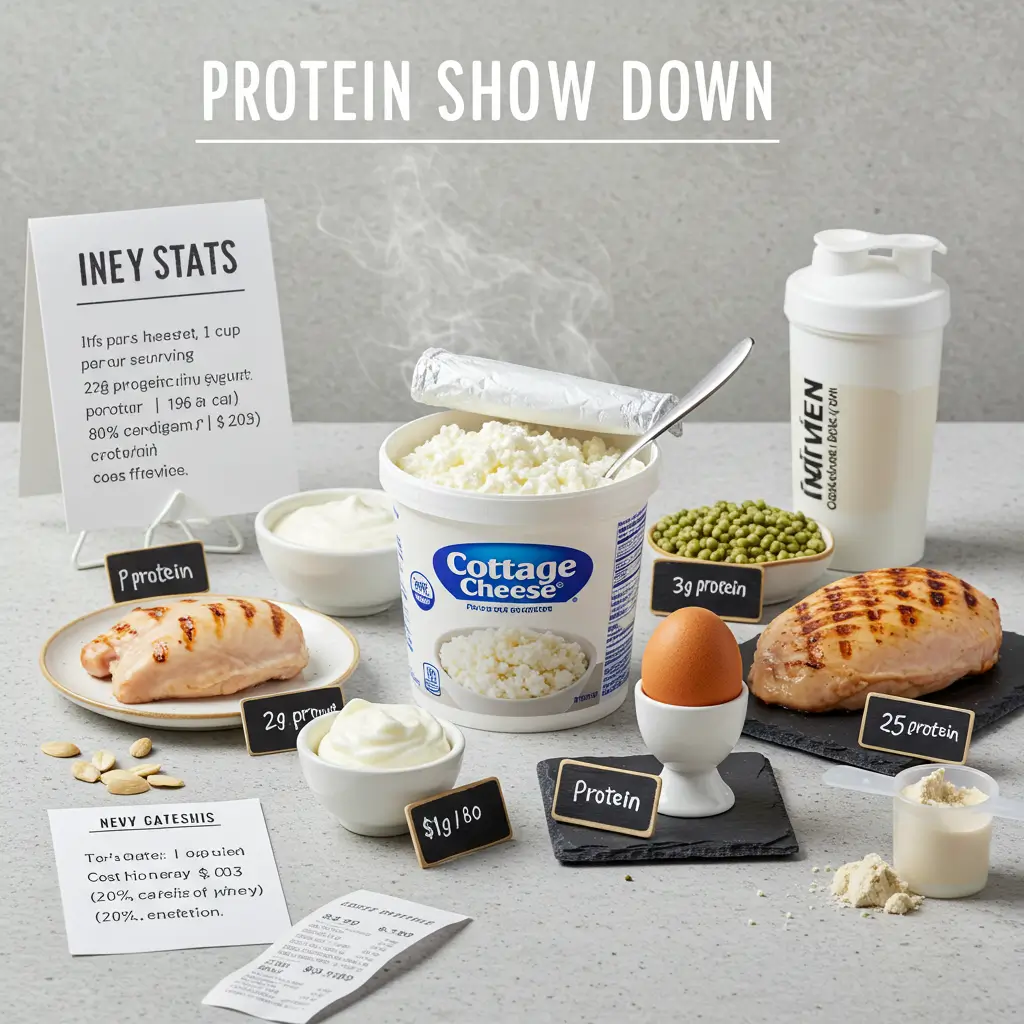
Other Protein Sources
Okay, but what about the classics? Chicken, eggs, the stuff we’ve been told to eat for years.
| Food (100g serving) | Protein | Carbs | Fat | Calories |
|---|---|---|---|---|
| Cottage Cheese (2%) | 12g | 4g | 2g | 86 |
| Chicken Breast (Cooked) | 31g | 0g | 3.6g | 165 |
| Eggs (2 large) | 12g | 1g | 10g | 140 |
Sure, cottage cheese protein vs chicken shows chicken is denser gram for gram. No one’s arguing that. But chicken requires cooking. It requires effort. Cottage cheese? You just open the lid. It’s the ultimate lazy person’s protein. Want to see more matchups? We have a whole high protein foods comparison chart.
Cost-Effectiveness Analysis
This is where cottage cheese really runs away with it. My wallet weeps every time I’m at the meat counter. But a giant tub of cottage cheese that will last me for several meals? It’s one of the cheapest ways to buy high-quality protein, period. The protein-per-dollar calculation is just unbeatable.
Whole Food Protein Benefits
Nutrition experts at Cleveland Clinic emphasize that whole food protein sources offer advantages over supplements alone. When you struggle to meet protein needs through regular meals, dairy products like cottage cheese provide not just protein but a complete package of nutrients that work synergistically for better absorption and overall health benefits. This makes cottage cheese particularly valuable for those seeking convenient, affordable nutrition without relying solely on powdered supplements.(1)
Protein Quality Discussion
And it’s not just any protein—it’s the good stuff. About 80% of it is casein, the slow-digesting protein. Think of it like a time-release capsule of muscle-building goodness. Whey protein (the other 20%) hits you fast, right after a workout. Casein hangs around for hours, feeding your muscles while you sleep, work, or just sit on the couch. This makes high protein cottage cheese a complete package. It’s not just a food; it’s a strategy.
Best Cottage Cheese Brands for Your Macro Goals
Walking down the dairy aisle is an exercise in analysis paralysis. So many tubs, so many claims. Let’s cut through the noise. The best cottage cheese brand for macros really depends on you—your budget, your taste, and what you can actually find at your local store.
Top Brand Macro Analysis
I’ve eaten more cottage cheese than any human probably should. Here’s my brutally honest cottage cheese brand comparison. (Macros are for a 1/2 cup of 2%.)
| Brand | Protein (g) | Carbs (g) | Fat (g) | Calories | My Two Cents |
|---|---|---|---|---|---|
| Good Culture | 14g | 4g | 2.5g | 90 | The GOAT. Thick, creamy, no weird soupy liquid. Has probiotics. It’s expensive, but it’s the stuff you eat with a fancy spoon. |
| Daisy Brand | 13g | 4g | 2.5g | 90 | The purist. No gums, no stabilizers. Just clean flavor. Can be a little watery on top, but the taste is solid. |
| Breakstone’s | 12g | 5g | 2.5g | 90 | Old reliable. Classic small-curd texture. It tastes exactly like you expect cottage cheese to taste. Never disappoints, never wows. |
| Friendship Dairies | 14g | 4g | 2.5g | 90 | The dark horse. Often has a high protein count and a smooth, almost whipped texture. I’m a big fan. |
| Great Value (Walmart) | 13g | 4g | 2.5g | 90 | It’s… functional. The texture can be a little gummy, but for the price? It absolutely gets the job done for blending into recipes. |
| Hood | 13g | 4g | 2.5g | 90 | A solid mid-tier choice. Creamy and consistent. If you see it, it’s a safe bet. |
If you’re hunting for the absolute highest protein cottage cheese, Good Culture and Friendship Dairies are usually your best bets. Always check the label, though, formulas can change!
Specialty & Organic Options
You’ll see fancy options like grass-fed and organic. Honestly, the macros are usually identical. You’re paying for the peace of mind that the cows had a nice life, which is cool. The real game-changer for some folks are the lactose-free versions from brands like Lactaid. Finally, everyone can join the party.
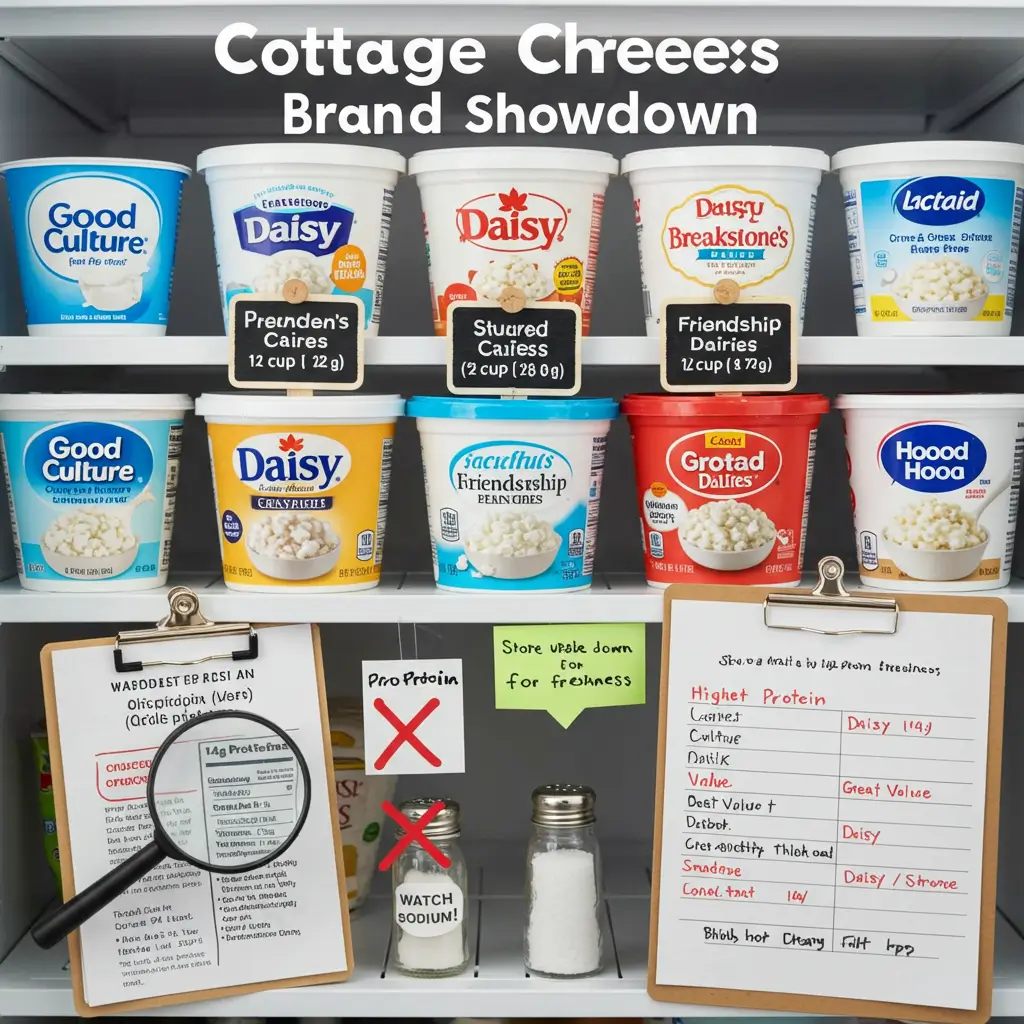
Shopping Tips
- Read the Whole Label: Ignore the marketing fluff on the front. Flip it over. Look at the ingredients. The best ones have like, three things. Milk, cream, salt. Maybe cultures.
- Beware the Gums: If you see guar gum, xanthan gum, carrageenan… they’re not evil, but they are thickeners. They can sometimes give the cottage cheese a slick, slightly unnatural texture.
- Watch the Sodium: This stuff can be a salt bomb. If you’re watching your intake, compare brands. Some are way saltier than others.
Storage & Freshness
Once you open that tub, the clock starts ticking. You’ve got a week, maybe 10 days, before it gets funky. Pro tip: store the container upside down in the fridge. It creates a sort of vacuum seal and keeps it fresh longer. If it smells sour or looks pink… just throw it out. Please.
Optimizing Cottage Cheese Macros for Your Fitness Goals
Cottage cheese isn’t just one thing. It’s a culinary chameleon that you can bend to your will, depending on what you’re trying to achieve with your body.
Weight Loss Applications
If you’re cutting, you live in a world of hunger. It’s miserable. The cottage cheese weight loss macros are your secret weapon against the misery. For a complete guide on maximizing cottage cheese during a cut, check out our detailed cottage cheese for cutting strategy.
Muscle Building & Bodybuilding
Bulking season! Time to grow. This is where cottage cheese for muscle building truly shines. You need calories and a constant supply of protein to fuel growth. A big bowl of full-fat (4%) cottage cheese mixed with some nuts and fruit is a perfect, easy-to-eat mass-building meal. The casein protein is a bodybuilder’s best friend—it’s the overnight construction crew for your muscles, rebuilding them stronger while you sleep. I swear by it.
Maintenance & General Health
Not trying to be a bodybuilder or a runway model? Cool. Cottage cheese is still for you. It’s just an incredibly simple way to hit your daily protein numbers to keep your body running smoothly. Plus, you’re getting a boatload of calcium, B12, and other good stuff without even trying. It’s a nutritional layup.
Special Dietary Needs
- Keto? Grab the 4% full-fat cottage cheese. It’s a perfect fit.
- Low-Carb? Yep, it’s a natural. The carbs are minimal.
- Vegetarian? It’s a complete protein source, which can be a lifesaver.
- Diabetic? The low-carb, high-protein combo is great for helping to maintain stable blood sugar. It’s just… so adaptable.
15 Macro-Friendly Cottage Cheese Recipes with Nutritional Breakdowns
I promise you, these recipes will change how you see cottage cheese. We’re talking breakfast, lunch, dinner, and even dessert. The viral trends were on to something. For more inspiration, check out my favorite cottage cheese recipes high protein and some killer cottage cheese smoothie recipes.
A Note on Cooking Traditions
Black cooking traditions emphasize feeling over precise measurements, passing down culinary knowledge through kitchen participation rather than written recipes. Elders teach preparation skills and intuition, allowing new generations to recreate beloved dishes by memory, taste, and cultural connection rather than exact instructions. (2)
While the recipes below include specific measurements for macro tracking purposes, remember that cooking is also an art. Once you’ve made these a few times and understand the fundamentals, feel free to adjust by taste and intuition.
High-Protein Breakfast Ideas
1. My “Oh Snap Macros” Cottage Cheese Protein Pancakes
- How to: Blend 1/2 cup cottage cheese, 1/2 cup oats, 2 eggs. Don’t even think about not blending it, you’ll end up with a lumpy tragedy. Cook ’em up.
- Macros (for the batch): ~350 calories, 28g protein, 30g carbs, 13g fat.
- Time: 15 min. So easy.
2. The Classic Berry Bowl
- How to: 1 cup cottage cheese. Handful of berries. Sprinkle of chia seeds. Done.
- Macros: ~310 calories, 30g protein, 28g carbs, 9g fat.
- Time: 2 minutes, tops.
3. Savory Avocado Toast Thing
- How to: Good toast (sourdough or bust). Smear on 1/2 cup cottage cheese. Top with avocado slices and a ridiculous amount of Everything Bagel seasoning.
- Macros: ~320 calories, 22g protein, 32g carbs, 12g fat.
4. The “It’s Actually Creamy” Smoothie
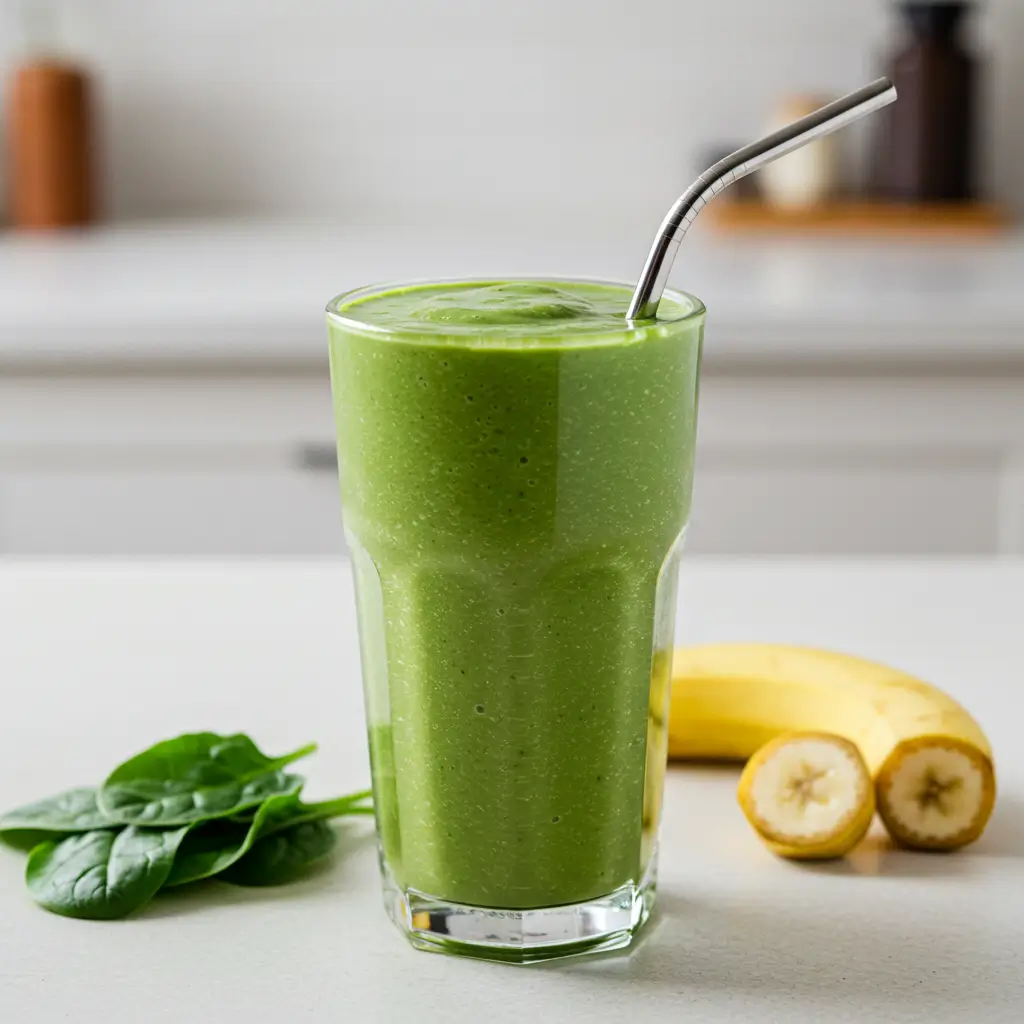
- How to: Blend 1 cup cottage cheese with a frozen banana, almond milk, and a fistful of spinach. It makes smoothies unbelievably creamy without any chalky protein powder taste.
- Macros: ~280 calories, 30g protein, 30g carbs, 5g fat.
5. Overnight “Cheesecake” Oats
- How to: Jar. 1/2 cup oats, 1/2 cup cottage cheese, 2/3 cup milk. Shake it. Fridge. Wake up to something that tastes vaguely like cheesecake filling.
- Macros: ~380 calories, 25g protein, 50g carbs, 9g fat.
Lunch & Dinner Game-Changers
- Oh Snap Macros Cottage Cheese Lasagna: Swap ricotta for blended cottage cheese. It’s lighter, higher protein, and honestly, you can barely tell the difference. See how it stacks up against ricotta in our cottage cheese vs ricotta article.
- My Oh Snap Macros Cottage Cheese Pasta Sauce: This is that viral sauce. Blend a cup of cottage cheese with a jar of your favorite marinara or roasted red peppers. It creates a creamy, rosé-style sauce that is packed with protein.
- The Oh Snap Macros Cottage Cheese Egg Salad: A revelation. Use mostly cottage cheese and just a tiny bit of mayo for your egg or tuna salad. The macros are just… better. So much better.
- Savory Veggie Bowl: Just like the breakfast bowl, but top it with chopped cucumbers, tomatoes, bell peppers, and a little olive oil and lemon juice.
- Protein Queso Dip: The “Oh Snap Macros Cottage Cheese Queso” is stupidly easy. Blend cottage cheese with a jar of salsa and a little shredded cheddar. Nuke it. Dip veggies in it. You’re welcome.
Snacks & Desserts (Yes, Really)
- Frozen Protein Bark: Spread cottage cheese on parchment paper, top with berries and chocolate chips, and freeze. Break it apart. It’s weirdly good.
- 2-Ingredient Chocolate Mousse: Blend cottage cheese with cocoa powder and a little stevia until it’s perfectly smooth. It takes a while, but it gets there. A totally guilt-free dessert.
- No-Bake Protein Balls: Mix cottage cheese with protein powder, oats, and a little peanut butter. Roll into balls. Stick ’em in the fridge.
- The Viral Oh Snap Macros Cottage Cheese Ice Cream Bars: Yep, the TikTok special. Blend cottage cheese with fruit and sweetener, pour into popsicle molds. It’s shockingly close to a real ice cream bar.
- Mini “Cheesecake” Cups: Mix cottage cheese with a little Greek yogurt and lemon juice. Serve in a small cup over a crushed graham cracker. It satisfies the craving.
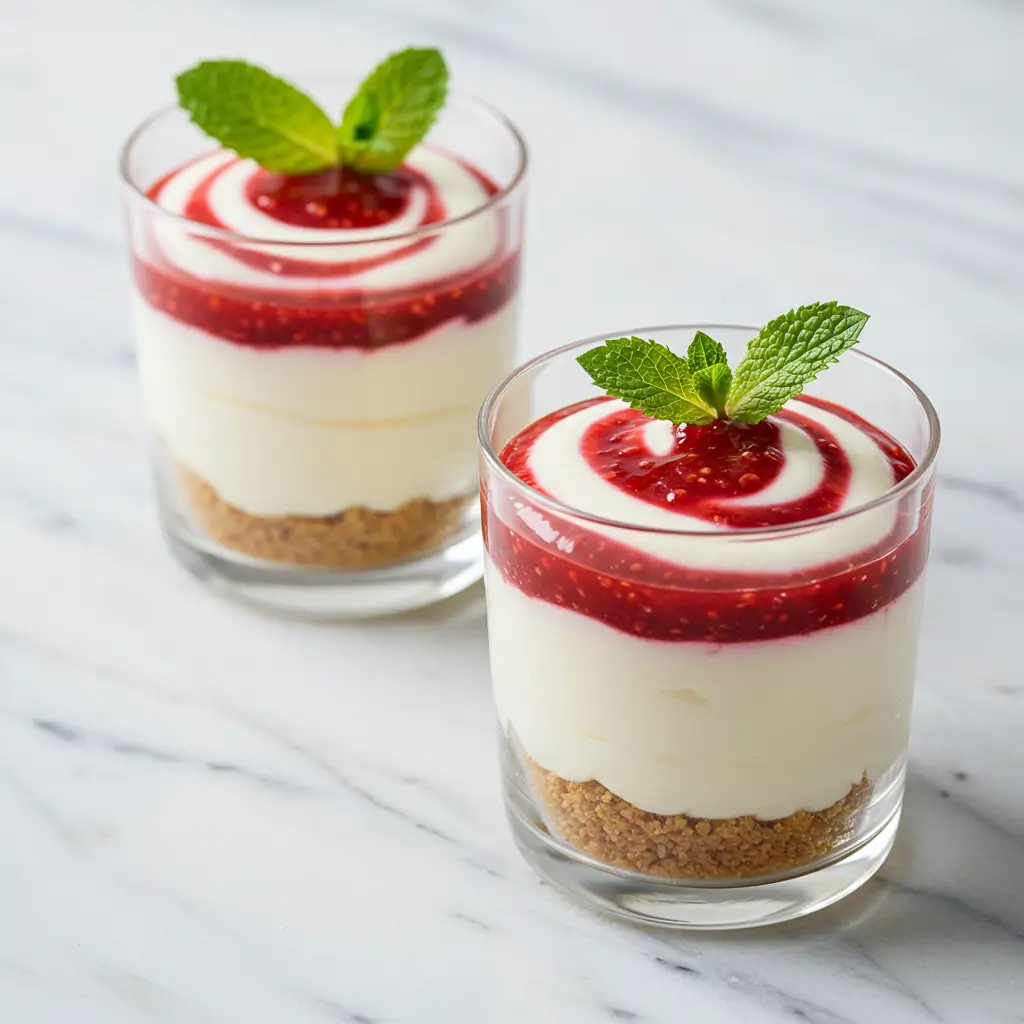
Remember, for accurate cottage cheese recipe macros, you gotta weigh your ingredients!
Meal Prep Strategies for Cottage Cheese Macro Tracking
Sunday is your battle prep. Get your containers out. This is war against weekday chaos and bad food choices. Cottage cheese is your loyal soldier.
Weekly Meal Prep Ideas
Portion control is everything. I spend maybe 30 minutes on Sunday scooping cottage cheese into little single-serving containers for the week. It sounds silly, but it’s a game-changer. I also assemble my overnight oats jars for the next few days. Then during the week, it’s just grab-and-go. No thinking, no measuring, just eating. Our guide to cottage cheese meal prep has even more ideas.
Macro Tracking Integration
Your tracking app is your bible. Scan the barcode on your cottage cheese to log it perfectly. When you make one of my “Oh Snap” recipes, like the pasta sauce, create a custom recipe in your app. It takes two minutes and then you have the exact macros per serving forever. And for the love of all that is holy, use a food scale. A “cup” scooped by you and a “cup” scooped by me are two different things. Weigh it in grams for true accuracy.
Budget-Friendly Macro Planning
The big tubs are always cheaper. Always. Pair your cottage cheese with whatever fruits and veggies are on sale that week. And don’t be a brand snob for recipes where you’re blending it all up anyway. The store brand works just fine for that protein pasta sauce.
The Complete Nutritional Profile: Micronutrients & Health Benefits
So we’ve obsessed over the macros. But cottage cheese is more than just a pile of protein. It’s packed with tiny little micronutrients that are doing all sorts of important work behind the scenes.
Essential Micronutrients
In just one cup, you’re getting a serious dose of:
- Calcium: For your bones, obviously.
- Vitamin B12: Basically energy. It helps your body make red blood cells so you don’t feel like a zombie.
- Phosphorus: Works with calcium, kind of like its sidekick.
- Selenium: A powerful antioxidant that fights off cellular bad guys.
The full scope of cottage cheese nutrition facts shows it’s a true nutrient-dense food.
Digestive Health Benefits
Some brands (lookin’ at you, Good Culture) are packed with probiotics. That’s the good bacteria your gut loves. It’s a weird thought—eating bacteria to be healthy—but it works. A happy gut means better digestion and a stronger immune system.
Additional Health Benefits
Because it’s high protein and low carb, it’s great for keeping your blood sugar stable—no crazy energy spikes and crashes. And that slow-releasing casein protein might even help you sleep better. It’s like a gentle, muscle-feeding lullaby.
Potential Considerations
It’s not perfect. It can be high in sodium, so check the label if that’s a concern. And if you’re lactose intolerant, you might have a bad time… unless you smartly opt for the lactose-free versions. Problem solved.
Common Questions About Cottage Cheese Macros
What are the macros on cottage cheese?
About 14g protein, 5g carbs, 2.5g fat per half cup of the 2% stuff. It’s a protein bomb.
Is cottage cheese ok for losing weight?
Is water wet? Yes. It’s amazing for weight loss. It keeps you full for hours on very few calories.
What are the macros for 2 tablespoons of cottage cheese?
Basically nothing. Like 24 calories. Don’t stress about it.
Is cottage cheese macro-friendly?
It’s the definition of macro-friendly. It’s a cheat code.
Does cottage cheese have any downsides?
The sodium can be high in some brands. And the texture of cheap brands can be… challenging. Choose wisely.
What food has the highest protein?
Lean meat is probably number one, but for a no-cook, ready-to-eat option, cottage cheese is right up there at the top of the list.
How much protein in cottage cheese? (for a cup)
A whole cup? You’re getting a massive 28 grams of protein.
Is cottage cheese good for macros compared to protein powder?
It’s different. Cottage cheese vs protein powder is about speed. Powder is fast, for after a workout. Cottage cheese is slow, for sustained fuel. You need both.
Your Next Steps for Incorporating Cottage Cheese into Your Macro Plan
So there it is. Everything you could possibly want to know about this dairy dynamo. It’s cheap, it’s easy, and its macro profile is second to none.
What We Learned
- Cottage cheese is a protein powerhouse, perfect for just about any fitness goal.
- The brand you buy actually matters—texture and ingredients vary wildly.
- It’s not just for sad diets; you can make genuinely delicious meals with it.
Your Mission, Should You Choose to Accept It
- Figure out your numbers. How much protein do you actually need?
- Go to the store. Buy a tub. Maybe try two different brands to see what you like.
- Try a recipe. Don’t just eat it plain. Make the pancakes. Make the pasta sauce.
- Track it. See how easily it helps you hit your protein goal for the day.
Go on, buy the tub. Join the cult. It’s a food that works as hard as you do. You might just be surprised at how much you end up loving it. Or you’ll hate it. It’s usually one or the other. But you’ll never know until you try.
